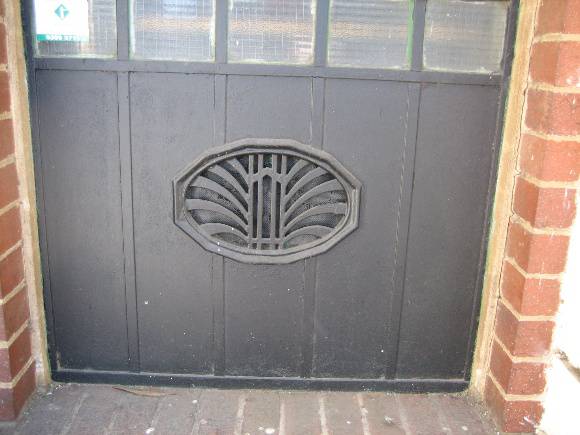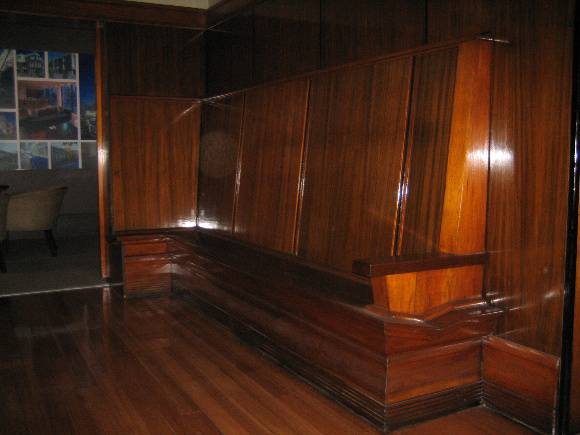| Back to search results » | Back to search page » |
|
ROYAL MELBOURNE REGIMENT DRILL HALL
Statement of Significance
What is significant? The Royal Melbourne Regiment Drill Hall was built for the Regiment in Victoria Street in 1937 to designs prepared by Commonwealth architect George H Hallendal as part of a general improvement in military facilities prior to the Second World War. Hallendal designed most of Victoria's drill halls during the post 1935 phase of military construction. Each of these drill halls were built specifically for the unit that was to occupy the building. The Royal Melbourne Regiment Drill Hall includes offices, mess rooms, lecture rooms, stores, a basement firing range and a caretakers flat. The building was used by the regiment before the Second World War, and for various other defence purposes during and after the war, such as providing medical outpatient services in 1945 for the 2nd Battalion. The Royal Melbourne Regiment originally formed in 1854 as the Melbourne Volunteer Rifles, becoming the City of Melbourne Regiment in 1927, the Royal Melbourne Regiment in 1935 and then the Royal Victorian Regiment in 1948. The unit served in the Boer War, the First World War and the Second World War. As Melbourne's "own Regiment" the Royal Melbourne had particularly close ties with the City of Melbourne. The building is a large structure, partly two storey, on a triangular city edge site. The exterior is predominantly of red brick, with banding of cream brick. The main east elevation is dominated by a portico of rendered aerofoil profiled piers within a rectangular frame. Details such as exterior ventilator grills, tall narrow steel framed windows and a stepped plan form add to the building's architectural character. The interior detailing features varnished timber panelling and trims, and decorative plaster mouldings. A recurring ornamental element, internally and externally, are wrought iron screens with a common decorative motif. The eastern, front portion of the building includes facilities for the higher ranks, including the officers' mess on the first floor which features a high coved and ribbed ceiling, an inglenook fireplace area, and a built-in bar. The ground floor features offices, the sergeants' mess and various utility spaces. The rear, western, portion of the building includes offices and the drill hall itself which features a stepped decorative Moderne detailed plaster ceiling, brick pilasters with fluted capitals and a prominent band gallery that overlooks the hall.
How is it Significant? The Royal Melbourne Regiment Drill Hall is of architectural and historical significance to the State of Victoria. Why is it Significant? The Royal Melbourne Regiment Drill Hall is architecturally significant as an outstanding and highly detailed example of Moderne architecture. Of note is the practical response to the triangular site, the clearly demarcated spaces and functions and the particularly high quality of the building's detailing and decoration. The Royal Melbourne Regiment Drill Hall is of architectural significance as one of the major drill halls designed by Commonwealth Government architect George Hallendal. The Royal Melbourne Regiment Drill Hall is of historical significance as one of the most intact of the red brick drill halls designed by the Works Branch of the Commonwealth Department of the Interior in the 1935 - 1939 period. It demonstrates its original drill and military administrative functions, through the planning of its internal spaces and through the extant original fittings and finishes. It is of historical interest as a building constructed as part of the nation's military build up just prior to the Second World War. The Royal Melbourne Regiment Drill Hall is of historical significance for its associations with the Royal Victorian Regiment. Known as Melbourne's 'own Regiment', the Royal Melbourne Regiment Drill Hall is of local social significance for its close ties to the City of Melbourne.
Group
Military
Category
Drill Hall


















